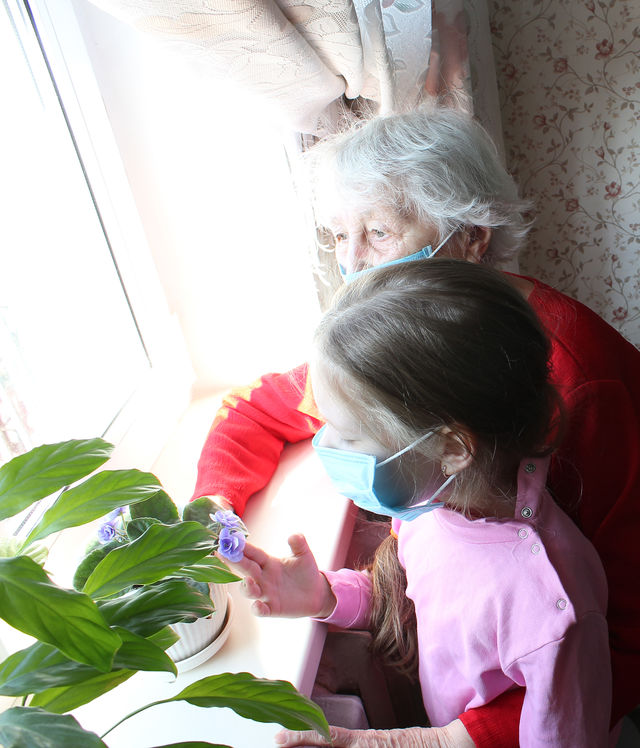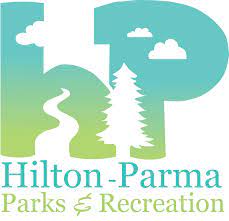Limited visitation for assisted living communities is now allowed

The Empire State Association of Assisted Living (ESAAL) has been leading New York State assisted living communities in advocating for outdoor visitation, and is pleased that the Department of Health has finally allowed indoor and outdoor visitation across the state.
“As the leading voice for our members in Assisted Living communities across New York, it was vital that ESAAL work closely with the NYS Department of Health to push for safe visitation,” said Lisa Newcomb, Executive Director, ESAAL. “Now, our job is to provide our membership with the needed clarifications, guidelines, and tools in order to move forward in the most safe and sound manner.”
The benchmarks for an approved visitation plan are designed with rigorous safety protocols to protect residents and staff. Communities must present their plans to the Department of Health prior to opening for visitation. There are strict limitations on the number of visitors at any given time.
According to State officials and NYS Department of Health, some of the conditions assisted living communities must follow include:
•The community must have no new confirmed resident or staff COVID-19 positive cases in a 28-day period.
•Assisted living communities must have their Infection Control surveys (inspections) complete and be in substantial compliance.
•All visitors will be screened prior to seeing the resident and all visitors must produce contact information to be used for contact tracing should it be needed.
•Masks and social distancing are still required of all visitors and residents during the visits.
•Any visitor who has traveled internationally or to a U.S. state that is part of the Department’s travel advisory should not visit an assisted living community until at least the 15th day after their return.
“It won’t be easy for all assisted living providers to reintroduce visitation given some of the restrictions, but they are committed to give it their very best because they understand the psychological importance of the family-resident bond,” comments Newcomb.
Provided information





